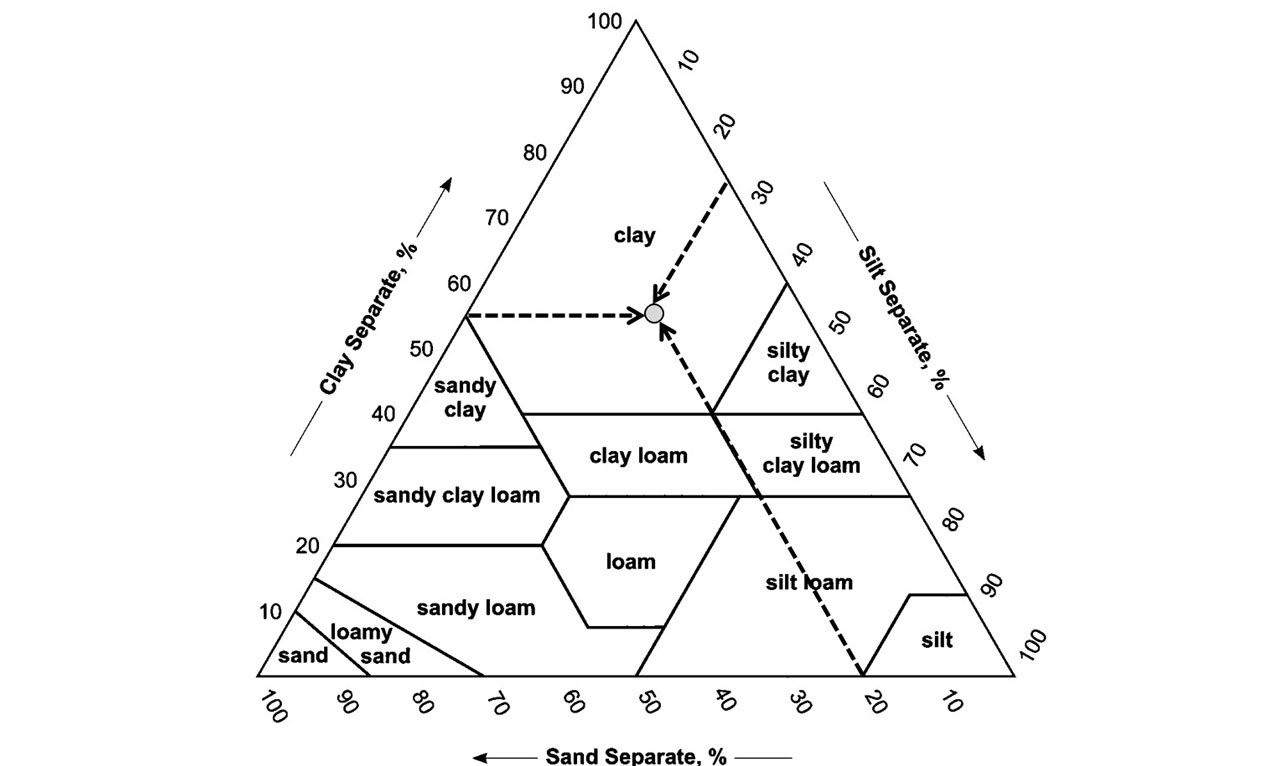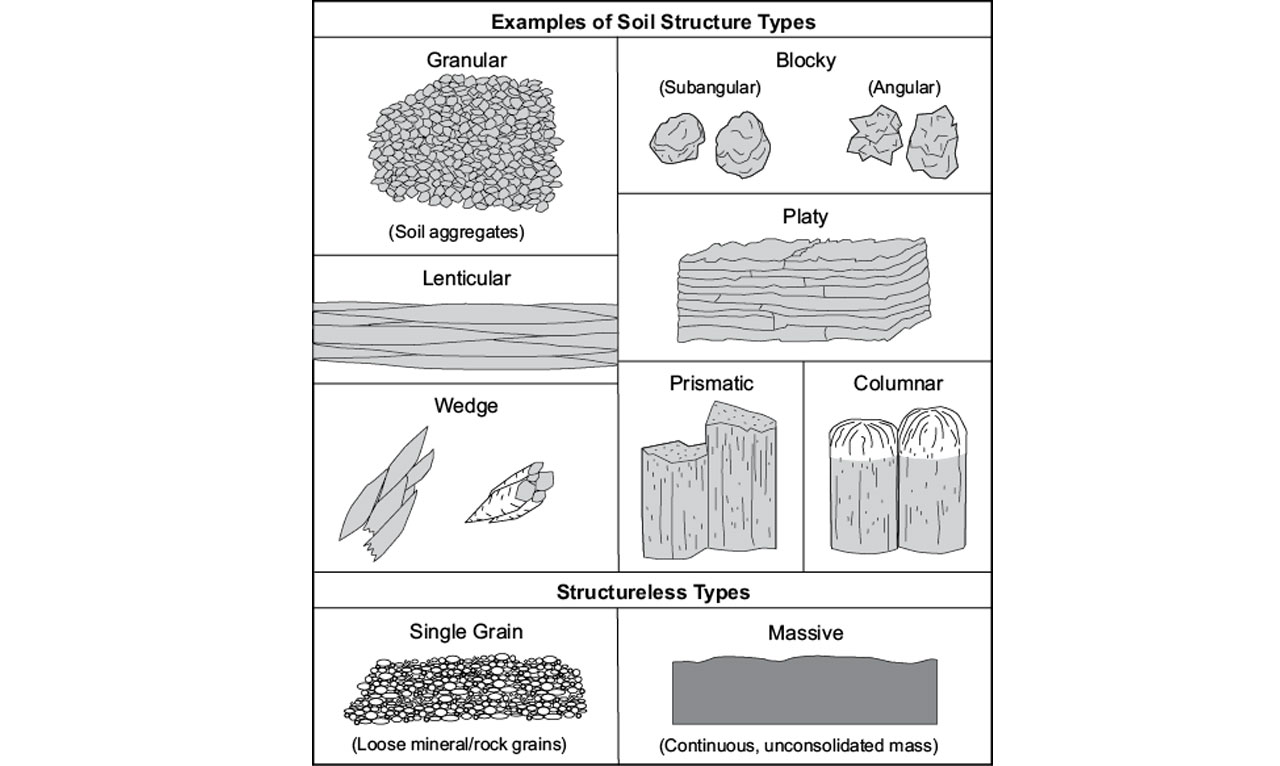Understanding Your Soil: How Soil Conditions Affect Watering Needs
Quick! Is your lawn clay loam, sandy clay, or something else? Most people won’t know the answer to this, so if you aren’t sure – don’t worry. However, knowing whether you have loam soil or clay soil, or some combination thereof will help you understand your lawn’s watering needs!
This article will delve into the science of soil composition and briefly look at the most common soil types. Expect less of a DIY instructional and more of a primer that will give you the foundational knowledge to make informed decisions about watering and soil care.
Whether your yard is equipped with a modern moisture sensing irrigation system, or you are currently watering your lawn manually, the information contained here will help you understand how your soil absorbs irrigation water.
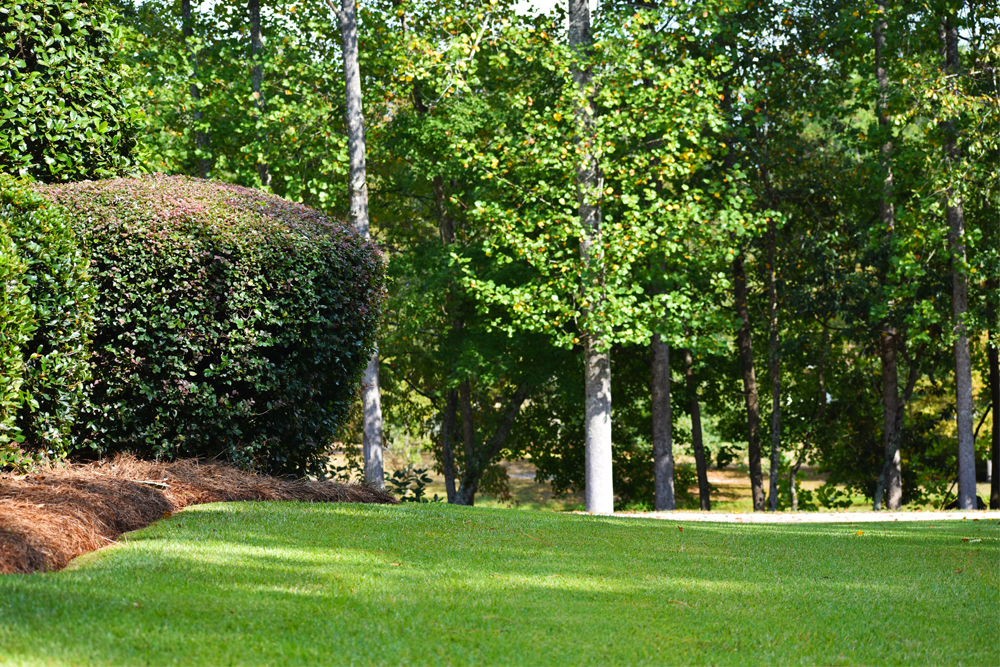
The Basics of Soil Composition
What is Soil Made Of?
Soil is not just dirt; it’s a dynamic ecosystem that consists of four main components:
- Minerals: These are derived from the weathering of rocks and include particles like sand, silt, and clay.
- Organic Matter: Includes decomposed plant and animal material that enrich the soil.
- Water: Moisture in the soil is crucial for plant growth and microbial activity.
- Air: Provides the oxygen and nitrogen necessary for plant roots and microorganisms.

Soil Texture and Structure
While all soils are made up of the same four basic components, the particle size and interactions between particles play a significant role in the soil’s characteristics. These factors are referred to as texture and structure:
Texture:
Texture refers to the size distribution of soil particles and is categorized into sand, silt, and clay. Sandy particles are coarser (and themselves come in different sizes), clay particles are the finest, and silts are somewhere in between.
Soils generally contain a mix of all three sizes of particles, and how the soil acts is influenced by this ratio. Loam is the term used to describe soils that contain relatively equal amounts of sand, silt, and clay. Because loam has a balanced water retention and drainage capacity, it is often considered the ideal soil type for growing a wide variety of plants.
Structure:
Structure refers to how soil particles bind together to form aggregates and is influenced by factors like organic matter and moisture content.
Soil structure is broken into seven main shapes (platy, prismatic, columnar, blocky, granular, wedge, and lenticular) each of which influences how water moves through the soil, air infiltration, and response to freezing.
Common Soil Types and Their Watering Needs
Sandy Soil
- Characteristics: Large, gritty particles that offer excellent drainage.
- Watering Needs: Dries out quickly and therefore needs more frequent watering to keep plants hydrated.
Loamy Soil
- Characteristics: A balanced blend of sand, silt, and clay, offering good structure and drainage.
- Watering Needs: Retains water well but doesn’t easily become waterlogged, yet provides ample available water. Ideal for most plants.
Silty Soil
- Characteristics: Fine particles, somewhere between sand and clay, that compact easily.
- Watering Needs: Retains moisture well but can become compacted. Requires moderate watering frequency.
Clay Soil
- Characteristics: Small, tightly packed particles that hinder water flow.
- Watering Needs: Holds water longer, making it prone to waterlogging. Requires less frequent but deeper watering.
Determining Your Soil Profile
There are two ways to go about determining the specific type of soil present in your yard. The first is to simply check a soil composition map. Soil composition can be relatively consistent across geographic regions. Here in Columbia, South Carolina we sit on the border of two regions and soils tend to be sandy loam, loamy sand, or sandy soils.
Alternatively, there is an easy DIY project known as the “Jar Method” which can provide surprisingly accurate results:
The Jar Method
- Take some soil and sieve out any rocks, leaves, and sticks
- Fill a mason jar ⅓ full with the sieved soil.
- Top the mason jar with water, leaving some headroom at the top.
- Add 1 tablespoon of powdered dish detergent
- Shake the jar vigorously to mix
- Place the jar on a level surface and wait 1 minute
- Using a marker, note the depth of any settled material. This first layer is the sand composition.
- Wait two more hours.
- Using a marker, note the new depth of any settled material. This is the silt later.
- Wait 48 more hours.
- Using a marker, note the new depth of any settled material. This is the clay layer.
- Use a ruler to measure each layer. The percentage of each will be the depth of each material divided by the total depth.
- Use the U.S. Department of Agriculture (USDA) soil texture triangle to determine your soil type:
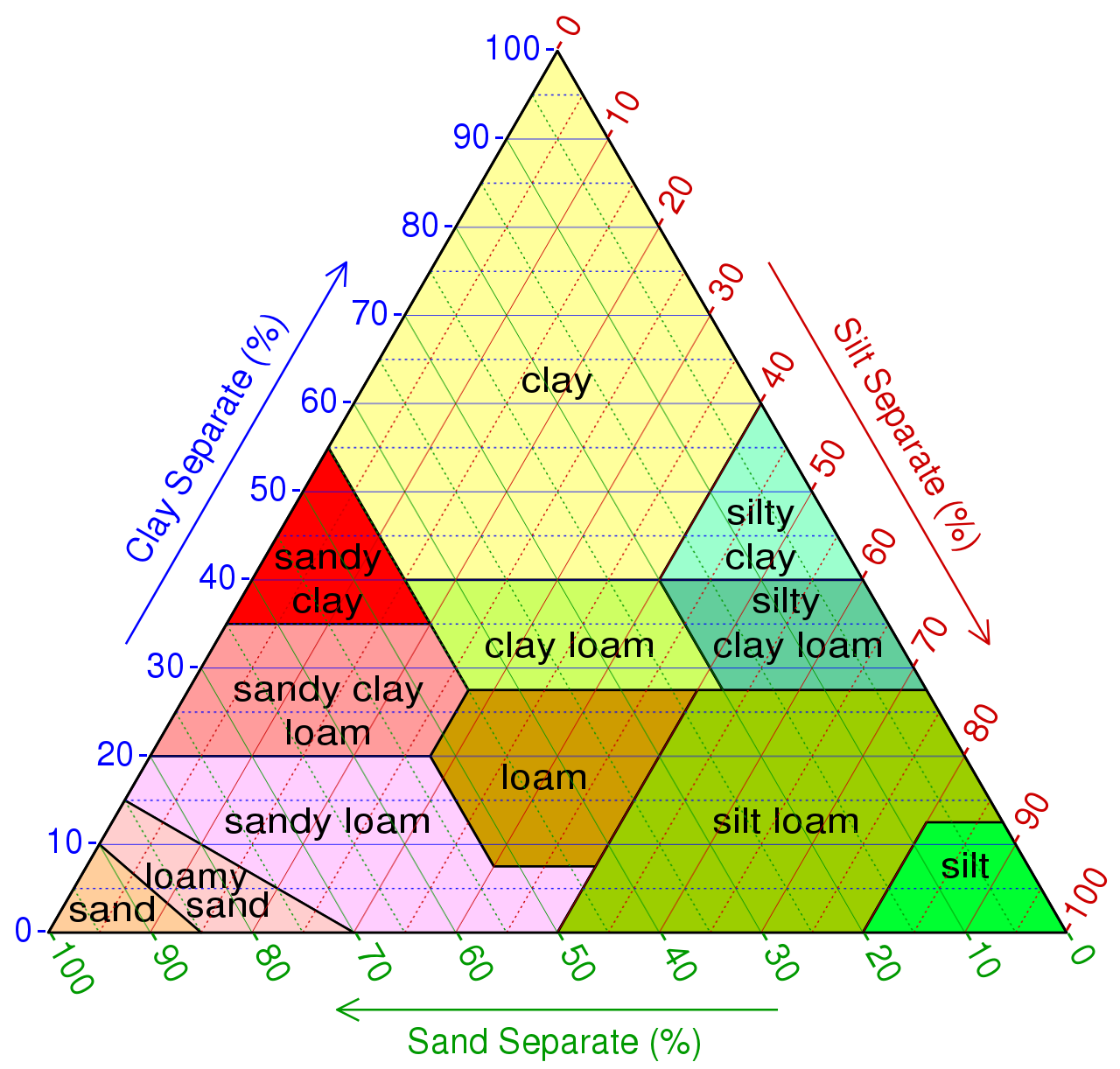
Soil types by clay, silt and sand composition as used by the United States Department of Agriculture
https://en.wikipedia.org/wiki/Loam#/media/File:SoilTexture_USDA.svg
Factors Affecting Soil Moisture Retention
Organic Matter Content
Organic matter plays a crucial role in enhancing a soil’s water retention capacity and aeration. It acts like a sponge, absorbing water and releasing it slowly over time, thus preventing rapid drying.
Additionally, organic matter introduces air pockets into the soil, facilitating better aeration. This allows roots to breathe and aids in the distribution of water throughout the soil.
Soil Compaction
Soil compaction severely restricts water infiltration and root growth. In compacted soils, the tightly packed particles leave little room for water to penetrate or for roots to expand. This leads to poor water absorption and can contribute to waterlogging in soils that naturally hold more moisture, such as clay soils.
Over time, compacted soil can become virtually impenetrable, preventing even surface water from being absorbed and causing runoff from the soil surface.
Soil Depth
The depth of the soil directly influences its ability to hold water. Shallow soils have less volume to retain moisture, making them more susceptible to rapid drying. On the flip side, deep soils offer a greater reservoir for water storage, providing a buffer against periods of drought or low rainfall.
In either case, understanding the depth of your soil can inform your watering strategies, ensuring that you neither overwater nor underwater your plants.
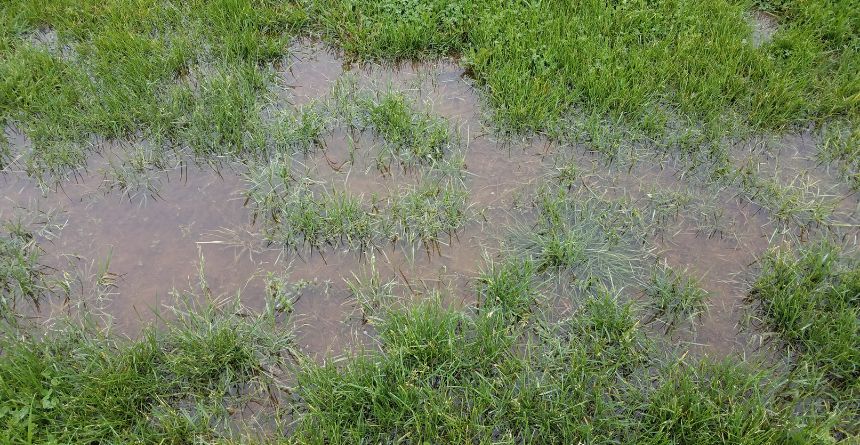
Improving Soil for Optimal Watering
Soil Amendments
Soil amendments are substances added to the soil to improve its physical and chemical properties, such as structure, water retention, and nutrient content. Examples include compost, well-rotted manure, and peat.
However, not all soils will benefit from the same types of amendments. Before making any amendments, it’s essential to understand your specific soil needs. Conducting a soil test can give you valuable insights into your soil’s pH levels, nutrient deficiencies, and other characteristics, helping you choose the most appropriate amendments.
Mulching
Mulching with organic materials like wood chips, pinestraw, or even grass clippings serves multiple purposes in soil management. Primarily, it reduces the rate of soil moisture evaporation, helping to maintain a consistent level of moisture for plant roots. As these organic materials decompose, they enrich the soil with nutrients and improve its structure. This, in turn, enhances the soil’s water retention capabilities.
Mulch also acts as a barrier against soil erosion and inhibits the growth of weeds, both of which can affect water distribution and root health. By integrating organic mulching into your soil management practices, you can effectively conserve water while enriching your soil.
Proper Tilling Techniques
Tilling is the practice of turning over the soil to break up compacted layers, improve aeration, and mix in organic matter. However, there is some debate over the usefulness of tilling, and in many cases tilling can actually cause more harm than good.
Tilling alters your soil’s structure and if performed incorrectly can lead to a phenomena called ‘hardpan’ where your soil develops a compacted layer just below the depth that was tilled. Plant roots will struggle to go deeper than this, limiting their rooting depth.
We recommend that unless you know what you’re doing, you avoid tilling for no reason. Sometimes it will be necessary to till soil to work in soil amendments – but otherwise this might be a chore to skip.
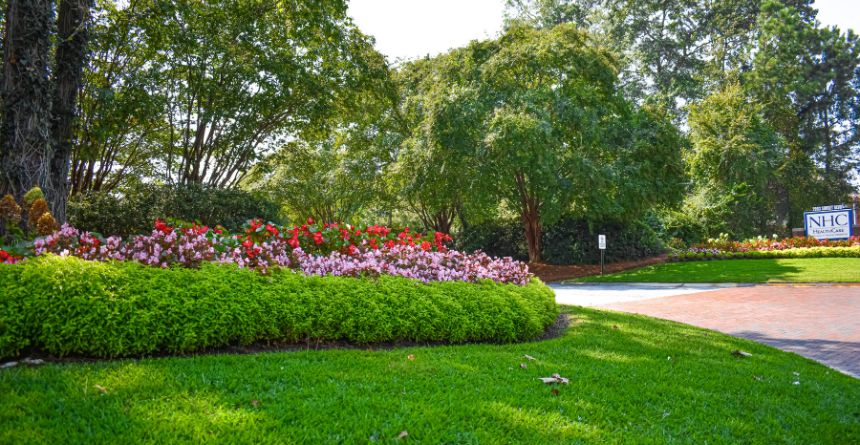
Tools and Techniques for Assessing Soil Moisture
All soils have a particular water holding capacity. The maximum amount is known as the field capacity – adding water beyond this point will only result in runoff. On the other hand, there is a point where soils are so dry that plants are no longer able to extract moisture. This is known as the wilting point.
To best take care of your lawn, it is important to keep your soil water content between these two levels. Watering your lawn when it is saturated is simply wasted water use, while waiting too long to water can induce water stress and cause plants in your lawn to suffer.
The Hand Test
The hand test is exactly what it sounds like: pick up a handful of soil and feel how moist it is. This is an inherently subjective test, and soil composition can impact soil feel. With experience, a gardener will be able to tell when soil is dry and needs to be watered.
Soil Moisture Meters
These are devices that can provide a numerical indication of soil moisture levels, helping you to water your plants more precisely.
Moisture meters come in both digital and analog versions, and both can deliver quick and accurate results.
Observing Plant Indicators
Plants often show signs like wilting or yellowing when they are either over-watered or under-watered. Hardier plants will do a good job of showing you when they need to be watered, while other plants may already be in trouble once they show signs of drought.
Grasses tend to be more robust, and once they lose their natural springiness and luster, they often will benefit from watering.
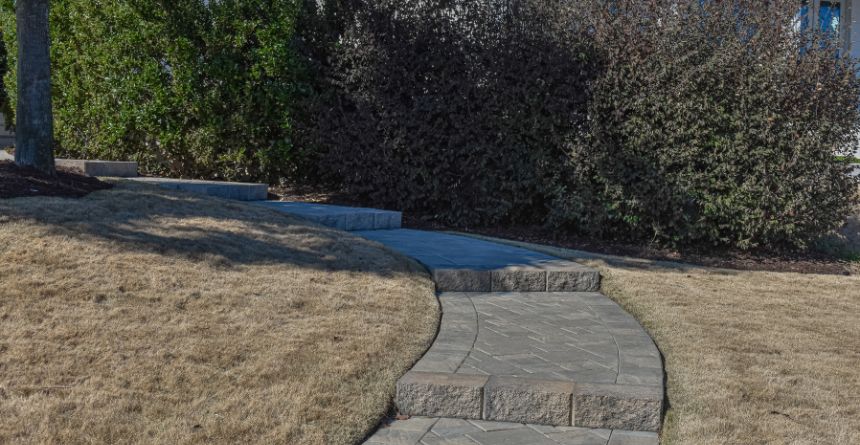
The Surprising Complexity of Dirt!
Soil is remarkably complex and getting a complete understanding of it can feel overwhelming. The good news for home gardeners is that modern irrigation systems often make the process painless. Advanced sprinkler systems use moisture sensors to detect when is the optimal time to water, and will dispense the right amount of water to keep your plants happy.
Alternatively, learning about your soil can help you get a feel for your lawn’s water requirements and develop an appropriate irrigation schedule. If you are still watering your lawn by hand and would like your lawn to stay greener and healthier with less work, we provide expert installation of irrigation systems and ensure your system is calibrated for your lawn’s specific needs!
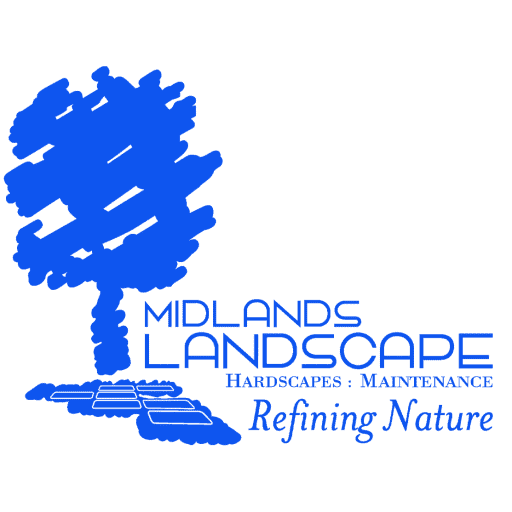
Read More of Our Blogs
